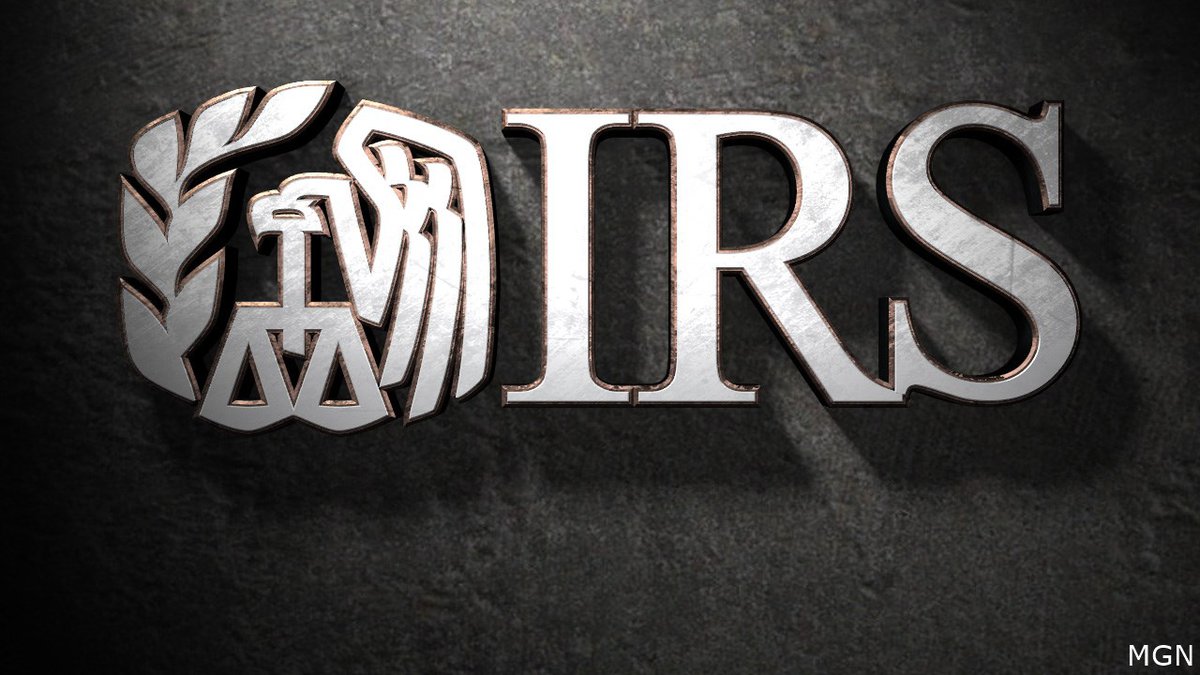
Employee Retention Tax Credit Updates in 2023
SAN ANTONIO, TX – July 13, 2023 – Updates to the Employee Retention Tax Credit (ERTC) that were made in 2023 will have a significant financial impact on all firms countrywide. The modifications to the ERC program are a response to the dynamic economic environment, meeting the changing requirements of companies seeking recovery and expansion in the post-pandemic age. Employers that want to use this IRS tax relief benefit successfully must be aware of these most recent improvements to ensure the retention of valuable staff and the unhindered continuing of business operations.
Marty Stewart, Chief Strategy Officer (CSO) at Disaster Loan Advisors (DLA), emphasized the evolution of the Employee Retention Tax Credit and its potential for confusion among business owners. DLA has provided ERC/ERTC Tax Credit assistance to over 700 companies, strictly adhering to current IRS rules and guidelines.
Evolution of the Employee Retention Credit Program
The Employee Retention Credit (ERTC) is a government program initiated by the CARES Act and administered by the Internal Revenue Service IRS to assist businesses in retaining their workforce during challenging times. This continues to confuse many business owners on Eligibility.
Good news awaits businesses that employed W-2 workers in the tax years 2020 and 2021. Eligible businesses and employers have the opportunity to apply for the ERC credit until April 15, 2024, covering qualified quarters in 2020, and until April 15, 2025, encompassing eligible quarters in 2021.
Employee Retention Credit 2020
In 2020, a pivotal moment arrived with the introduction of the Employee Retention Tax Credit under the Coronavirus Aid, Relief, and Economic Security (CARES) Act. Designed to facilitate employee retention during the pandemic, it offered substantial financial relief.
The Employee Retention Tax Credit(ERTC) proved advantageous for qualified employers and small to medium-sized enterprises by offering a credit of up to 50% of eligible wages paid from March 13, 2020, through December 31, 2020. This translated to a maximum potential benefit of $5,000 per employee for the entirety of the 2020 tax year.
Shockingly, only four percent of business owners were aware of this valuable program, according to the National Federation of Independent Business (NFIB). Despite its initially low uptake rate, ERTC proved to be a lifeline for many companies during an exceptionally challenging period. To qualify for this credit, businesses had to substantiate their adverse impact through partial or total shutdowns or gross receipt reductions.
The application process involved completing Form 941-X, the Adjusted Employer's Quarterly Federal Tax Return or Claim for Refund, streamlining the relief claiming process.
Initially set to expire on December 31, the IRS ERC credit extended the ERC credit deadline to September 30, 2021, due to growing demand from businesses facing pandemic-related disruptions.
Employee Retention Tax Credit 2021
In 2021, the Employee Retention Tax Credit (ERTC) continued to play a vital role in helping businesses navigate pandemic-induced challenges. As part of the CARES Act, this tax credit aimed to provide financial relief to eligible employers experiencing operational disruptions.
A crucial point to note about the ERTC tax credit for 2021 is its extension until September 30th. This extension allowed eligible employers to claim the tax credit for wages paid from January 1st to September 30th, while startup recovery businesses had until December 31st, 2021.
Notably, receiving a Paycheck Protection Program (PPP) loan did not disqualify businesses from claiming the ERC tax credit, enabling them to benefit from both programs.
Understanding the specifics of ERC tax credit for 2021 and its application to businesses could lead to significant savings in payroll taxes and increased stability for employees. Seeking guidance from knowledgeable tax professionals or utilizing resources like ERC Today or Aprino's ERC services can facilitate a smooth application process.
Employee Retention Credit 2022
Throughout 2022, the Employee Retention Tax Credit (ERTC) remained a vital lifeline for businesses and qualified employers. Enacted through the CARES Act, this tax credit played a crucial role in assisting companies in preserving their workforce amid challenging circumstances.
Under the ERTC program, qualified businesses had the opportunity to obtain a credit equivalent to as much as 70% of their qualifying wages throughout the period spanning from January 1, 2021, to December 31, 2021. In practical terms, this meant that eligible businesses could potentially receive credits of up to $7,000 per employee each quarter in 2021, resulting in total credits ranging from $21,000 to $28,000 per employee. The specific credit amount depended on the business's eligibility and its commencement date.
The ERTC assists businesses in keeping their operations running and retaining their employees. It provided financial relief by offsetting taxes owed or offering a refundable tax credit.
To qualify for this credit, businesses had to explain either partial or complete shutdowns due to government mandates or significant declines in gross receipts compared to pre-pandemic levels.
For employers, seizing this tax relief measure was essential, as it could significantly alleviate financial pressures and help retain valued employees. By understanding the eligibility criteria and filing process outlined by the IRS, businesses could maximize their benefits through the Employee Retention Tax Credit in 2022.
Employee Retention Tax Credit 2023
Throughout 2023, the Employee Retention Credit (ERC) remains a vital lifeline for businesses and qualifying employers. Enacted through the CARES Act, this tax credit is instrumental in enabling companies to preserve their workforce during times of adversity.
A substantial number of business proprietors remain uninformed about this valuable asset. As reported by the National Federation of Independent Business (NFIB), merely a minority of small business owners are acquainted with the ERTC program.
In order to be eligible for the ERTC in 2023 and subsequent years, businesses are required to demonstrate that they suffered adverse effects from either a partial or complete shutdown or encountered a substantial decrease in their gross receipts. Employers can request this tax credit by duly completing and submitting Form 941-X, which is the Adjusted Employer's Quarterly Federal Tax Return or Claim for Refund.
IRS Guidance and Deadlines for ERTC Applications and Filing ERC Tax Credit Claims
The IRS has been actively warning businesses about ERC scams, and emphasizes the importance of safeguarding against them. They advise businesses to be cautious and avoid paying a percentage or contingency fee with anyone who charges a percentage or contingency fee based on the amount of their employee retention credit refund.
The ERC deadline for retroactively filing ERC credit claims for eligible quarters from the 2020 tax year is April 15, 2024. For eligible quarters from the 2021 tax year, businesses have until April 15, 2025, to claim the tax credit.
Introducing Disaster Loan Advisors™ Employee Retention Credit (ERC) Services
Disaster Loan Advisors™ (DLA) comprises a dedicated team of financial tax professionals and ERC consulting specialists committed to assisting businesses affected by the financial and economic challenges caused by the COVID-19 pandemic, as well as subsequent variants like Delta and Omicron, along with economic downturns and inflation.
Having served over 1500+ business clients in navigating programs such as the SBA Economic Injury Disaster Loan (EIDL), Paycheck Protection Program (PPP), and Restaurant Revitalization Fund (RRF), DLA has honed its expertise in the ERC Tax Credit IRS program, aiding over 700+ companies with their ERC Claims. DLA specializes in assisting ownership groups with multiple business entities, businesses with multiple locations, and complex scenarios that demand expert tax and accounting strategies to assess situations and chart the most strategic path forward.
DLA also focuses on another crucial pandemic-era SBA / IRS program where many business owners may not be fully utilizing available relief funds. This often-misunderstood and intricate program is the Employee Retention Tax Credit (ERC) / Employee Retention Tax Credit (ERTC). It allows company owners and partners to potentially retroactively receive up to $26,000 to $33,000 for each W-2 employee on their payroll for the 2020 and 2021 tax filing years. These tax credits or cash refunds can be claimed retroactively for up to three years when done correctly.
Business owners are strongly encouraged to seek professional assistance for navigating the complex 941-X amended filing process. This guidance can help companies maximize the full value of the ERC Credit Program while ensuring compliance with the intricate IRS rules and regulations governing ERC credit claims.





